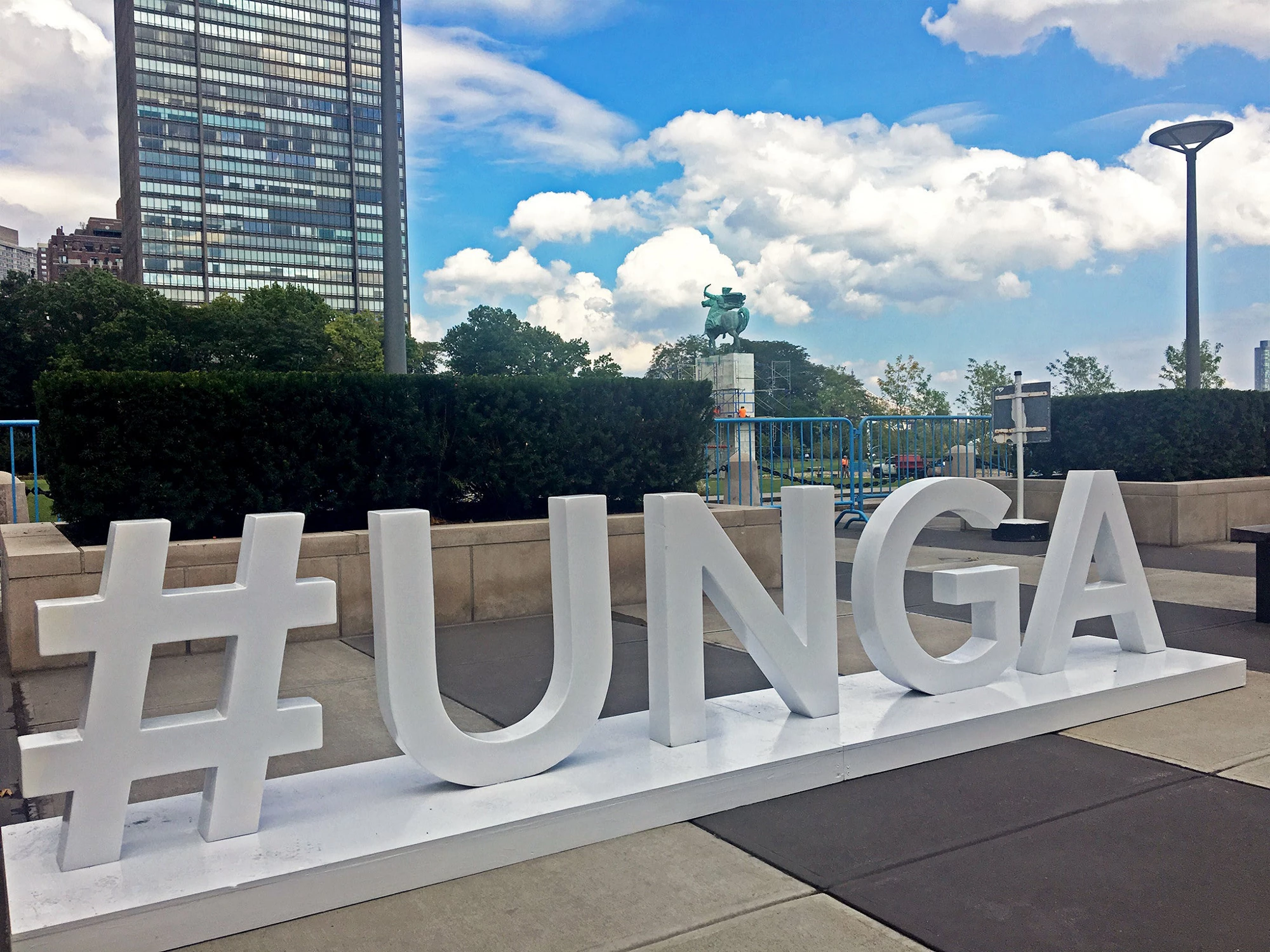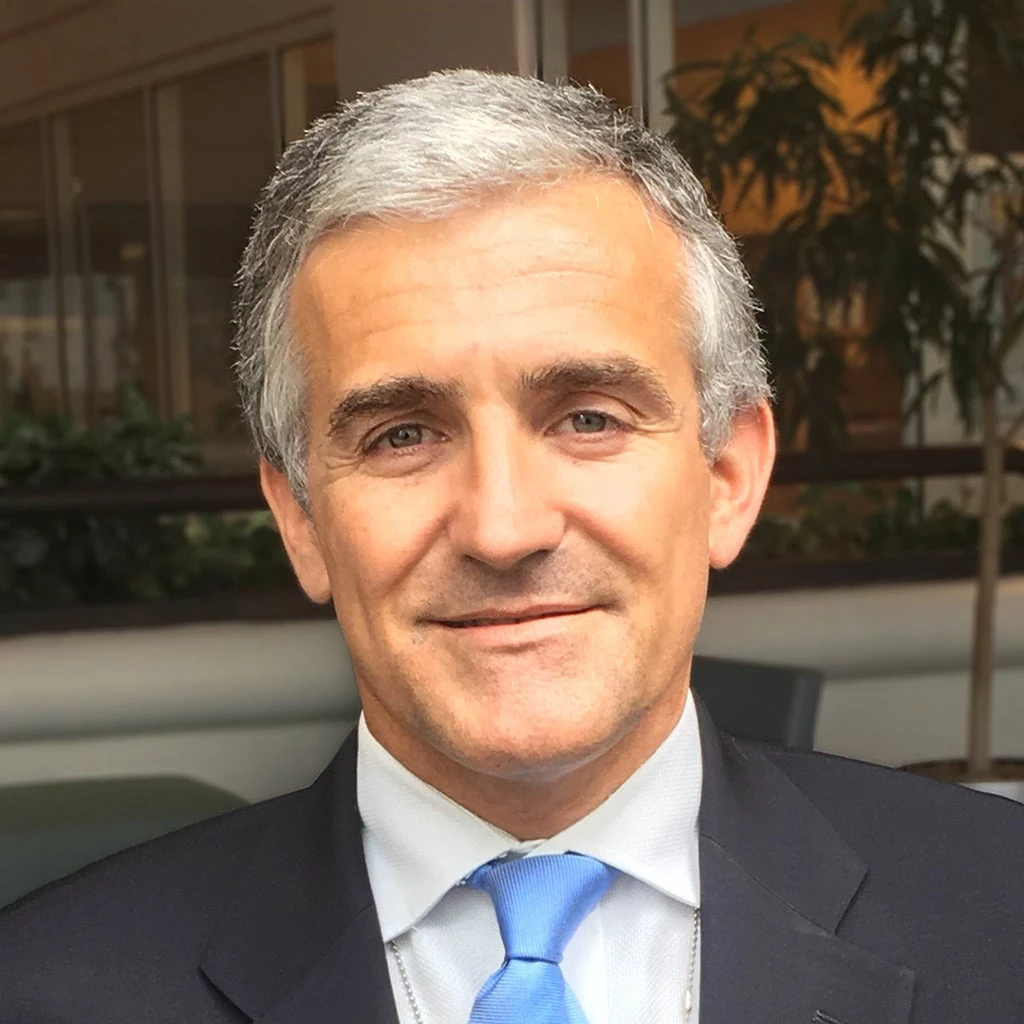
This week, I attended the 73rd session of the United Nations General Assembly (UNGA). This annual gathering provides an opportunity for the international community to discuss some of the most pressing global challenges, innovative solutions to address them and progress since last year.
I had the chance to participate in several key events on Fragility, Conflict, and Violence (FCV). Since 2010, the number of major violent conflicts has tripled, and the fragility landscape is becoming even more complex. Violent extremism, climate change, pandemics and food insecurity are on the rise. Conflicts drive 80 percent of all humanitarian needs.
To address these complex challenges, we are making good progress together with several UN agencies. This collaboration is part of our commitment to work much more closely together on prevention and reducing risks. One such example is the Famine Action Mechanism (FAM).
Together with the UN, the International Committee of the Red Cross, Amazon, Google and Microsoft, we announced the FAM, the first global partnership to prevent famines. It is a unique collaborative effort that builds on existing early warning systems, leverages the World Bank’s analytics and is getting support from global technology firms that are exploring the use of state-of-the-art technologies, such as artificial Intelligence and machine learning, to identify when food crises threaten to turn into famines. The FAM is part of the World Bank’s new Global Crisis Risk platform, which incorporates prevention and preparedness into country development strategies and is being used to get ahead of global crises.
This week, at an event focused on the Global Compact on Refugees, World Bank Group President Jim Yong Kim emphasized the importance of working more closely together when addressing the refugee crisis. He expressed the World Bank Group’s commitment to collaborate with governments, international organizations, and NGOs to better measure the impact on host communities of hosting and protecting refugees.
These partnerships are extremely important to help drive progress in fragile settings. But we also need to focus on helping our local partners on the ground. I participated in a panel that shared perspectives on how to enable effective local partnerships and local leadership to prevent conflict and foster peace. It is crucial to address risks early, create inclusive policies, involve women and youth, curb corruption, and improve accountability. To make this a reality, we must work together to focus on the key drivers of fragility and to respond to local grievances. The Recovery and Peace Building Assessment is an important tool for this. It is a partnership framework supported by the Bank, the European Union, and the UN that focuses on reengagement in countries or regions emerging from conflict or political crisis.
To this end, we celebrated today the 10-year anniversary of the signing of the Joint Declaration on Post-Crisis Assessments and Recovery Planning together with our EU and UN partners. Since the signing, we have conducted over 75 assessments in response to natural disasters in fragile or conflict settings. The event gave us an opportunity to reflect on achievements but also lessons learned, and priorities going forward. The Joint Declaration will be updated and signed early next year.
This week brought to light many new important partnerships and commitments and an eagerness to scale up our work and support to countries, which I hope will have a lasting impact in fragile settings.


Join the Conversation